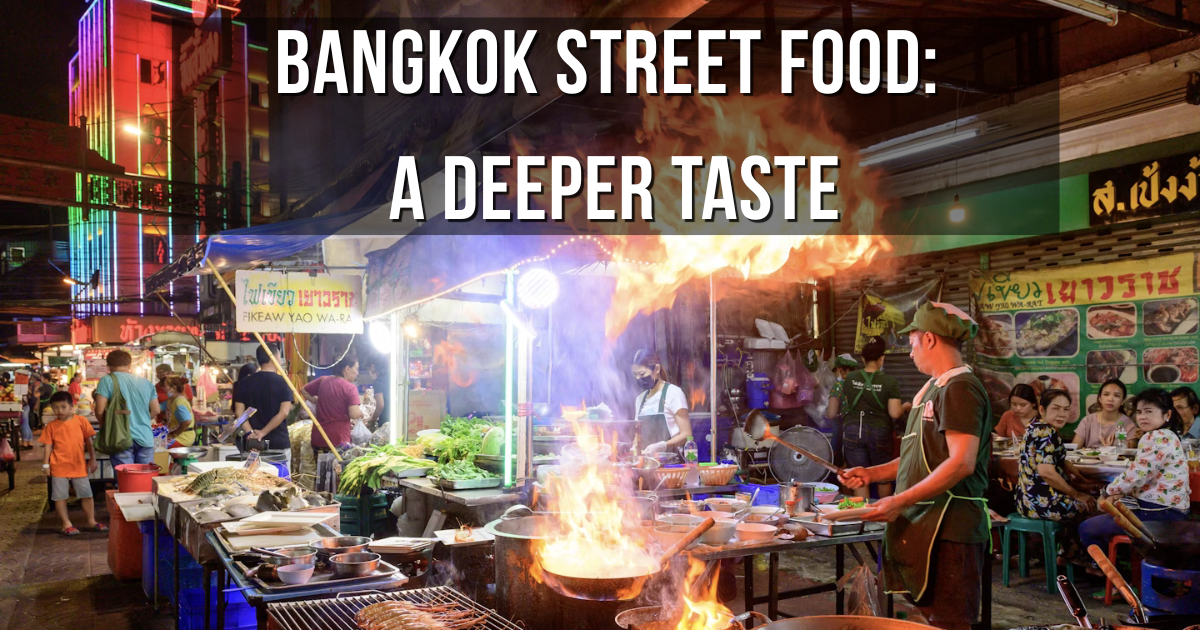By: Lawrence Davis
Bangkok Street Food: A Deeper Taste
When people mention Bangkok street food, they often think of pad Thai or mango sticky rice. However, the city’s culinary fabric goes far beyond these staples. It is deeply rooted in regional diversity, historical legacy, and culinary ingenuity. This article marks the first installment in a six-part series that delves into Bangkok’s rich street food culture, exploring its diverse and often overlooked culinary gems one dish at a time. For a comprehensive understanding of Thailand’s culinary heritage, visit the official Thai tourism website.
Main Dishes: Tradition on Every Plate
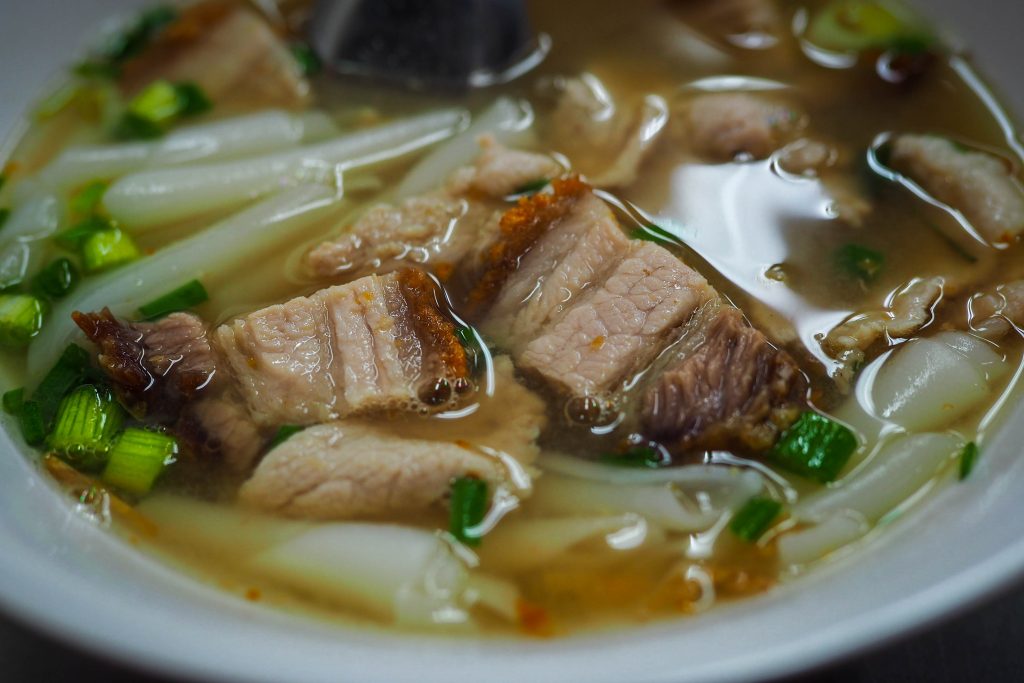
Kuay Jab Nam Sai (ก๋วยจั๊บน้ำใส)
Originating from the Teochew-Chinese community, Kuay Jab Nam Sai is a clear broth noodle soup that has become a beloved Bangkok street food legend. The dish features rolled rice noodles served in a fragrant, pepper-forward broth simmered for hours with pork bones, herbs, and spices. Often accompanied by tender pork offal such as intestines, liver, and blood cubes, Kuay Jab Nam Sai offers a complex flavor profile—rich, spicy, and aromatic. Despite the broth’s clear appearance, it delivers a deep, warming heat that reflects centuries of culinary adaptation. It is a staple at night markets, particularly around Yaowarat (Chinatown) and Victory Monument. Prices range between 50 and 70 baht.
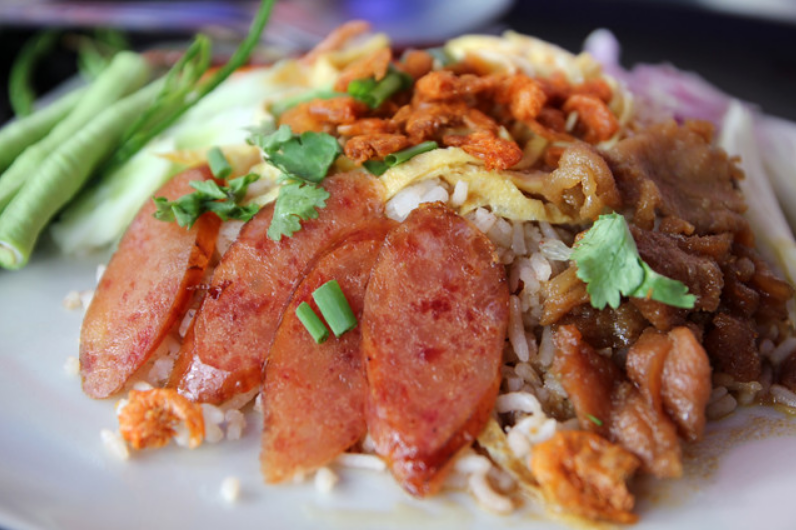
Khao Kluk Kapi (ข้าวคลุกกะปิ)
Once reserved for palace tables, Khao Kluk Kapi is a balanced dish showcasing Thai mastery of flavors—sweet, sour, spicy, and funky. Made from leftover rice mixed with fermented shrimp paste, paired with green mango, sweet pork, egg, and chilies, it is a staple in central Thailand. You can find it easily at Or Tor Kor Market and Banglamphu. Prices range from 40 to 60 baht.
Snacks: The Essence of Regional Roots
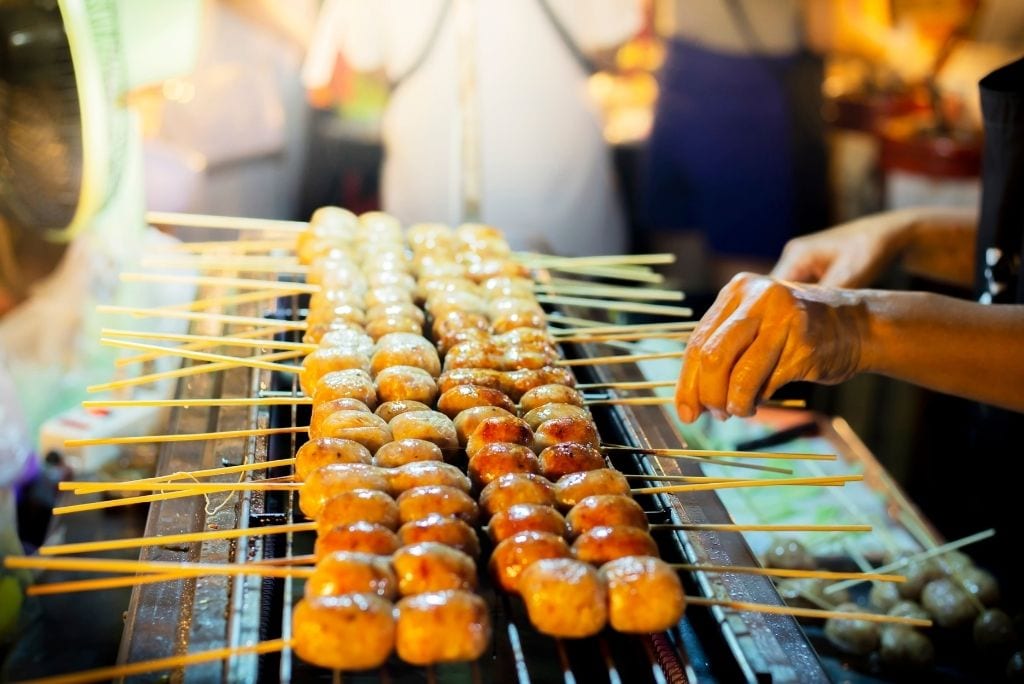
Sai Krok Isan (ไส้กรอกอีสาน)
This fermented pork sausage from northeast Thailand remains a beloved street snack in Bangkok. Known for its tangy, sour profile and satisfying snap, Sai Krok Isan is traditionally served with raw ginger, chilies, and cabbage. It is widely available at Ramkhamhaeng, Chatuchak, and Ratchada night markets. Prices range from 10 to 20 baht per stick.
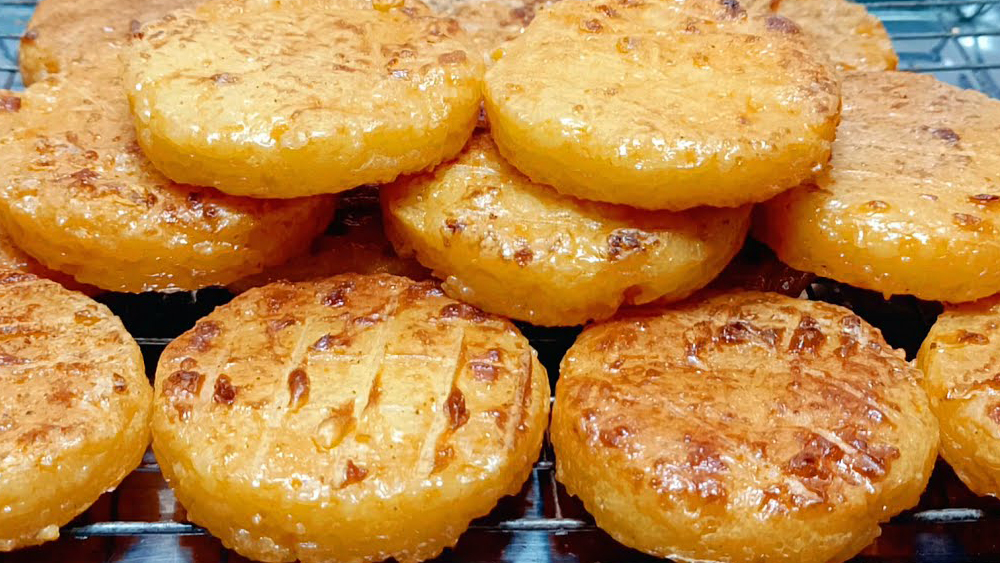
Khao Jee (ข้าวจี่)
A grilled sticky rice patty often brushed with egg, Khao Jee is a rural Isaan classic. Though less common in Bangkok, it retains popularity in neighborhoods with significant Isaan populations such as Ram Inthra and On Nut markets. Prices are typically 10 to 15 baht.
Traditional Delicacies: Preserving Culinary Heritage
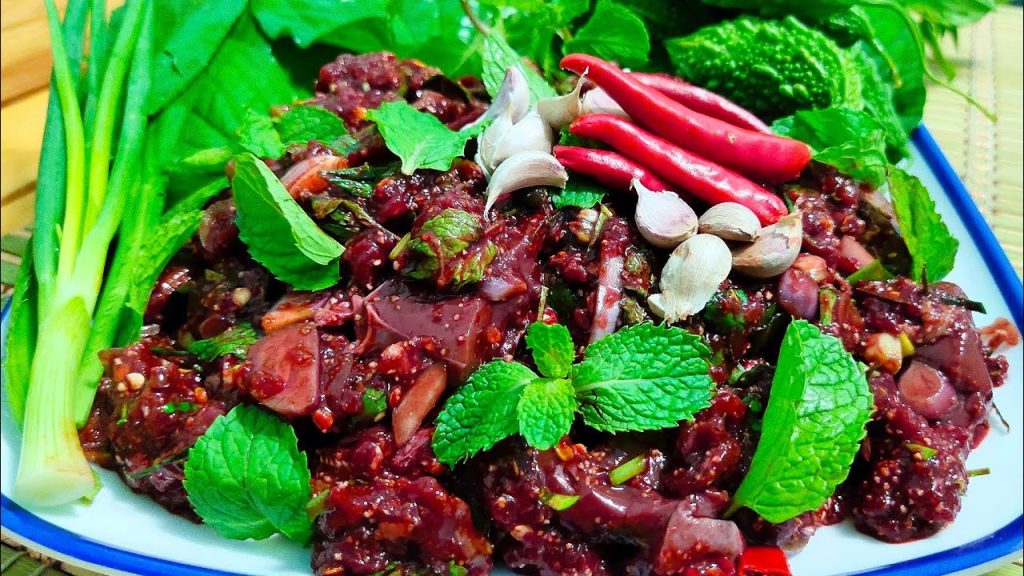
Larb Leuat Neua (ลาบเลือดเนื้อ)
A specialty of northern Thailand, this dish features raw beef mixed with herbs and fresh cow’s blood. It is not for casual diners and carries cultural and spiritual significance. Usually reserved for festivals and special occasions, in Bangkok, it can be found at Huai Khwang or Minburi’s Isaan restaurants. Prices range from 80 to 120 baht.
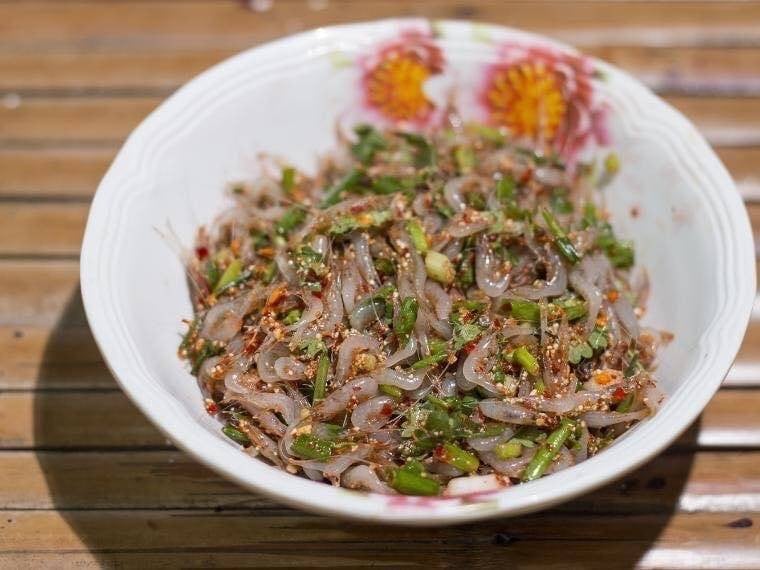
Goong Ten (กุ้งเต้น)
Meaning “dancing shrimp,” Goong Ten consists of live baby shrimp tossed in lime juice, chili, and herbs. This dish exemplifies the freshness and boldness of Isaan cuisine but is increasingly rare due to urban hygiene regulations. It is occasionally available at Lat Phrao’s Isaan vendors. Prices range between 50 and 70 baht.
Conclusion
This feature explores six iconic dishes that represent Bangkok’s vibrant and diverse street food scene—from Chinatown’s peppery broths to Isaan’s fermented sausages and rare traditional delicacies. As the first installment in our six-part series, we invite you to stay tuned for upcoming articles. These will continue to uncover the authentic tastes and stories behind Bangkok’s dynamic street food culture.
For the latest on Bangkok’s lifestyle, dining, entertainment and more, visit bangkokone.news and follow us on Facebook.

